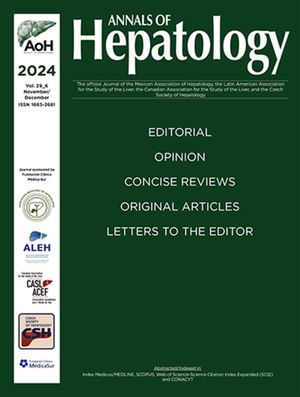
Abstracts of the 2023 Annual Meeting of the ALEH
More infoNo
Introduction and ObjectivesThe progressive increase in the prevalence of MASLD and its impact on morbidity and mortality require dietary options for its prevention and treatment, with the Mediterranean diet (MD) being the most scientifically supported. This study analyzes the similarities and differences of this diet with respect to the dietary habits of the different regions of Argentina, focusing on the content of flavonoids, carotenoids, and Omega 3, 6 and 9 fatty acids. Objective: To compare the content of flavonoids, carotenoids, and omegas 3, 6 and 9 between the MD and the usual consumption according to regions of Argentina, for a transcultural adaptation.
Patients / Materials and MethodsObservational, cross-sectional, and descriptive study. A survey was conducted with 225 individuals to evaluate dietary habits. The primary data were quantitatively transformed for the calculation of the aforementioned nutrient content, in selected foods from both diets. Chi2 was used to establish correlations between variables.
Results and DiscussionThe comparison of both diets shows that the nutrients analyzed were found to be below that suggested, with a high Omega6/Omega3 ratio. (Table1) To meet the recommendations, it is only necessary to increase the consumption of the analyzed food sources. Significant relationships were found (chi2, P between 0.0001 and 0.04) in the comparison of olive/fish consumption vs geographical region, vegetables/sex/pathologies vs BMI, and physical activity vs referred pathology.
ConclusionsAdaptation would be possible in all regions of the Argentine Republic through the substitution of non-locally produced foods with regional products that allow reaching the nutrient amounts, considering cost and culinary traditions. Some adaptation suggestions are the inclusion of chocolate, chia, amaranth, quinoa, and the replacement of olive oil with canola, chia, flax, grape or soybean oil. The proposed adapted Mediterranean diet provides the recommended amount of nutrients and its cost is similar to that of the usual Argentine diet.









